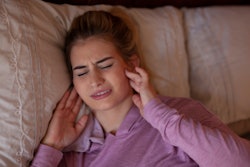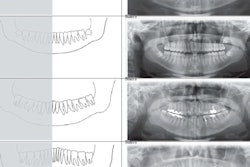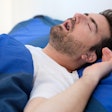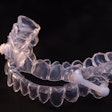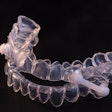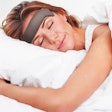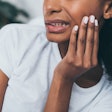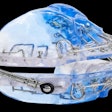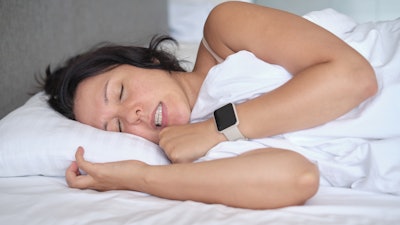
Sleeping in a semiseated position, known as the low Fowler's position, and taking a medication prescribed for glaucoma may decrease nighttime bruxism episodes. The study was recently published in the Journal of Sleep Research.
Episodes of sleep bruxism (SB) and rhythmic masticatory muscle activities (RMMAs) may have decreased due to a reduction in intracranial pressure (ICP). This pressure is a determinant of sympathetic nerve activities and is associated with teeth grinding when SB and RMMAs increase, the authors wrote.
"Changes in ICP and sympathetic activity by the low Fowler's position and methazolamide might contribute to the reduction in the occurrence of RMMAS/SB episodes," wrote the authors, led by Dongyuan Yao of the Jiangxi Provincial People's Hospital in China (J Sleep Res, May 27, 2024).
SB has been reported in about 8% of adults and up to 17% of children and adolescents. Nighttime teeth grinding and clenching have been linked to many factors, including lifestyle habits like smoking and drinking coffee, as well as stress, anxiety, and genetics, and it can cause jaw pain and tooth damage, according to the study.
Methazolamide was tested as a means of reducing intracranial pressure, because previous research has shown its use in treating idiopathic intracranial hypertension.
To explore the effects of the low Fowler's sleep position and methazolamide treatment on the occurrence of episodes of teeth grinding, 20 patients between the ages of 18 and 27 with sleep bruxism participated in a randomized controlled trial. Of these patients, 11 slept in the Fowler's or supine position, which is lying at an angle between 15° and 30°. Nine participants took 100 mg methazolamide or a placebo three to four hours before bedtime. Polysomnographic recordings were performed on the patients, the authors wrote.
The SB index, the number of masseter muscle electromyographic bursts per hour of sleep, the ratio of rhythmic masticatory muscle activities duration to the total sleep duration, the index of total limb movements, the index of limb movements with RMMAs, and the number of SB clusters per hour of sleep were significantly smaller (p < 0.05-0.001) in the low Fowler's position and after methazolamide intake, the authors wrote.
During nonrapid eye movement sleep stage 2, the low-frequency heart rate variance powers were notably lower (p < 0.05) in those sleeping in the low Fowler's position and in those who took methazolamide, they wrote.
However, the study was not without limitations. The sample size was small and the age range of the patients was limited, they wrote.
In the future, more studies that include noninvasive recordings of ICP in patients with SB should be conducted, the authors wrote.
"In patients with SB without a concomitant OSA (obstructive sleep apnea), the low Fowler's position and methazolamide treatment cause a significant decrease in the occurrence of RMMAs/SB episodes without significant changes in sleep structure and efficiency, Yao et al wrote.





